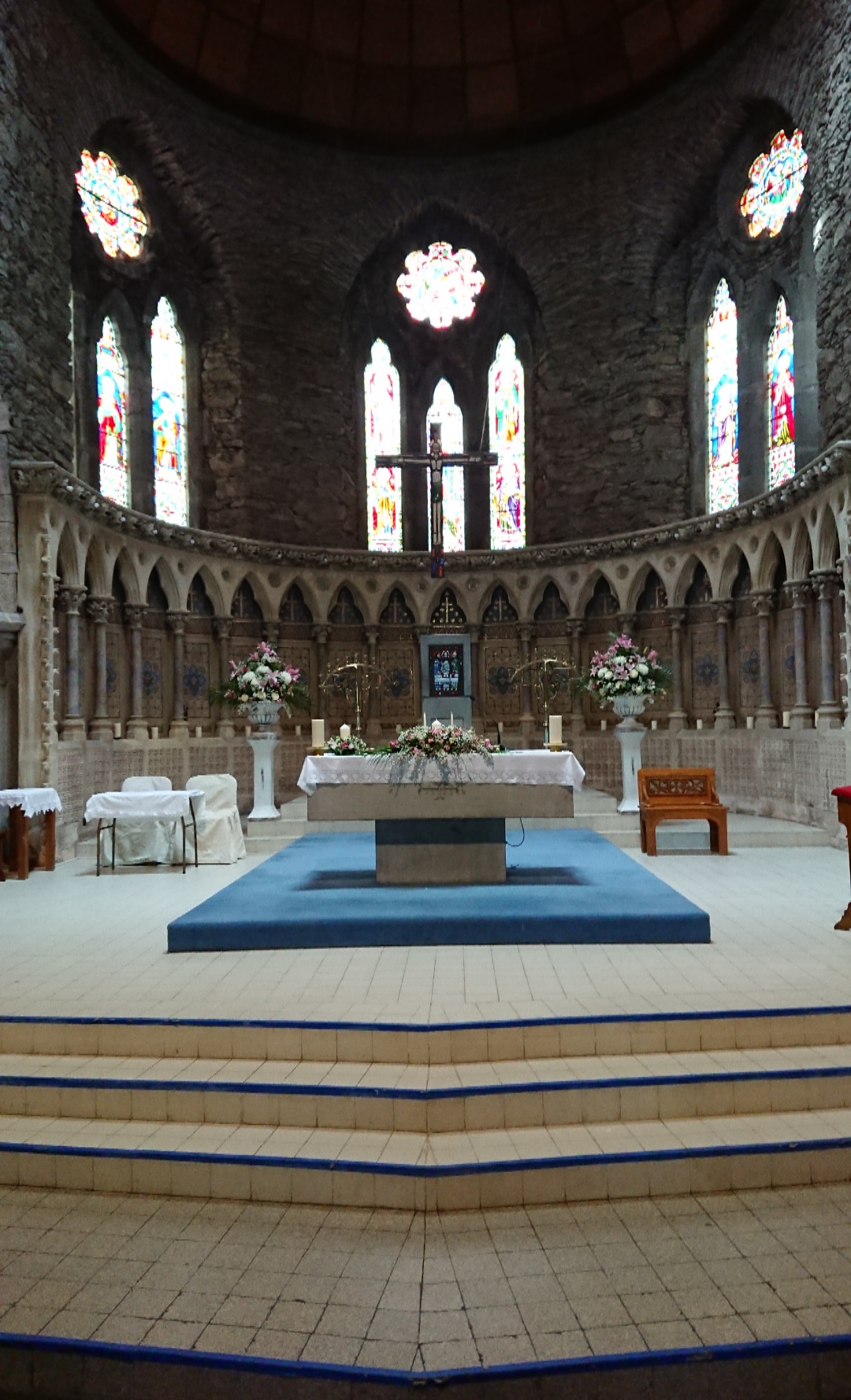What is ‘the Lighting of the candles’?
The ‘lighting of the candles’ is a short mini-ceremony that takes place during the wedding service. It occurs twice but only takes a small amount of time, despite this it is a very powerful moment in your marriage ceremony. The first stage occurs towards the beginning of the service as the couple each lights a separate candle symbolising themselves as individuals. Once married the couple then light a unity candle from the light of the two individual candles symbolising their union in marriage. It can occur during both civil, religious and other denominational marriages and is quite a special part of the day. If loved ones have been lost then sometimes a separate candle in memory of them is also lit.
What music should we go for?
It is a very short moment but a powerful one and so the music here should reflect this without overpowering or shadowing the true meaning of the candle lighting ceremony. Instrumental music works really well here as it is much easier to abridge than songs where context can be lost if cut too much. Instrumental music also doesn’t steal from the event taking place at the altar if not it accentuates it. That said short choruses can work very well especially if the song is in keeping with the context of the ceremony.
Because of the poignancy of the candle ceremony, often music that has an important meaning to one or both of the couple fits well here. I.e. in a recent wedding I performed part of the mother of the brides favourite hymn as she had passed away recently and it had a special place in the hearts of the family. ‘Danny Boy’ was another recent special request for similar reasons. This was very suitable as it was performed as an instrumental.
Why does instrumental make a performance of a song more appropriate?
In a nutshell, context. The melody is beautiful and had special meaning to the family, yet if the words had been sung they would not have suited the ceremony be it religious or civil.
When choosing music that you wish sung be mindful of the lyrics. At this moment in the ceremony words that are in the theme of light, love and unity are very appropriate. ‘Ag Chriost an siol,’ ‘The Light of Christ,’ and ‘A New Commandment’ are three short hymns that work perfectly for a religious service, for a secular wedding perhaps a chorus of ‘Here comes the sun,’ ‘I see the light,’ or ‘Your Song’ would work.
1 piece or 2?
Due to the short duration I usually advise to keeping it to the same piece of music. Where the ceremony is in two parts a different verse can be sung, or different section of a piece can be performed. I.e If ‘Canon in D’ is used for the lighting of the candles the faster section can be played for the Unity candle.
That said, I recently performed a wedding where they requested two different songs, and it worked so well. The first was ‘A New Commandment’ as they lit their individual candles:
A new commandment I give unto you, that you love one another as I have loved you.
Really poignant thematic words for a religious ceremony. For the Unity candle they then requested ‘The Prayer,’ now obviously the full version would be too long but the first verse of this song was perfect in length and context for the moment in the ceremony.
To conclude, each part of the ceremony itself is only about a minute long – photo opportunities might extend this a little – so the excerpt of music doesn’t want to be long. Instrumental works well in these moments because the performers can improvise and cut without losing any context of the piece. Short hymns or verses of songs work well if you want singing at this stage. Below is a list of music I regularly perform at the lighting of the candles, if you have any questions please drop me a message and I will help the best I can.
- Canon in D,
- Ave Maria (instrumental),
- Meeting of the Waters (instrumental),
- Here Comes the Sun (instrumental),
- Come What May (instrumental),
- The Coolin’ (instrumental),
- The Light of Christ,
- Ag Chriost an Siol (instrumental or sung),
- Let there be Love shared among us,
- A New Commandment,


